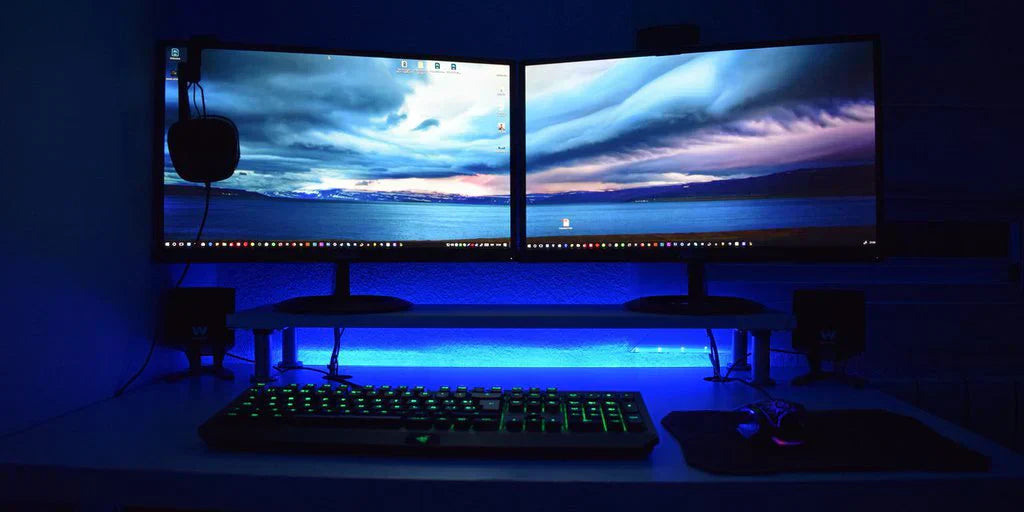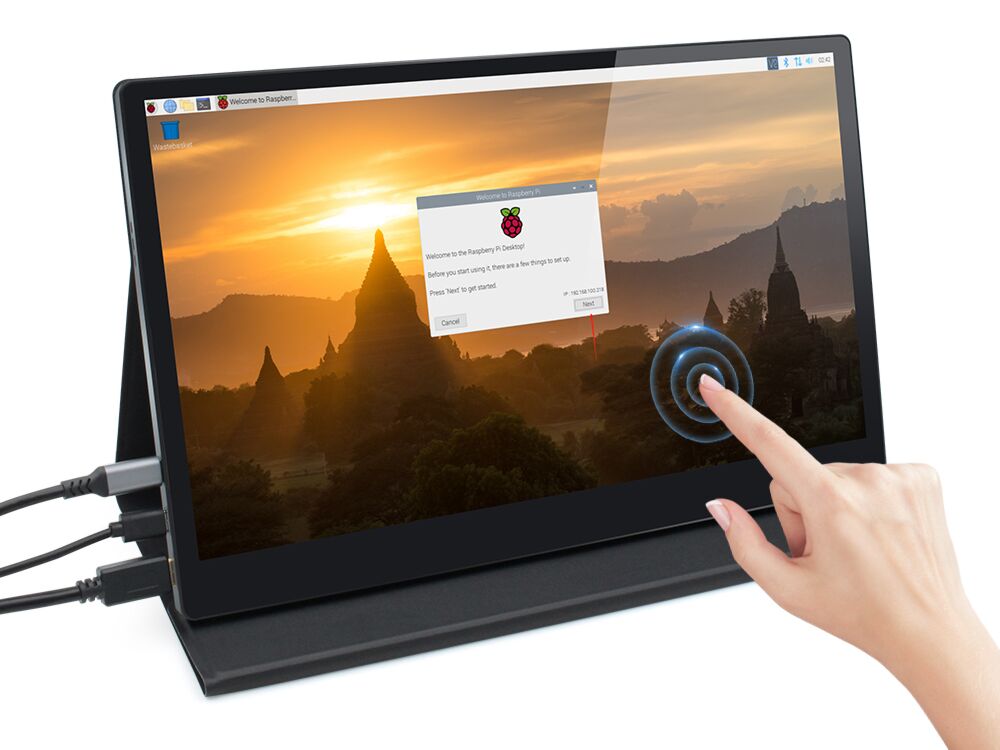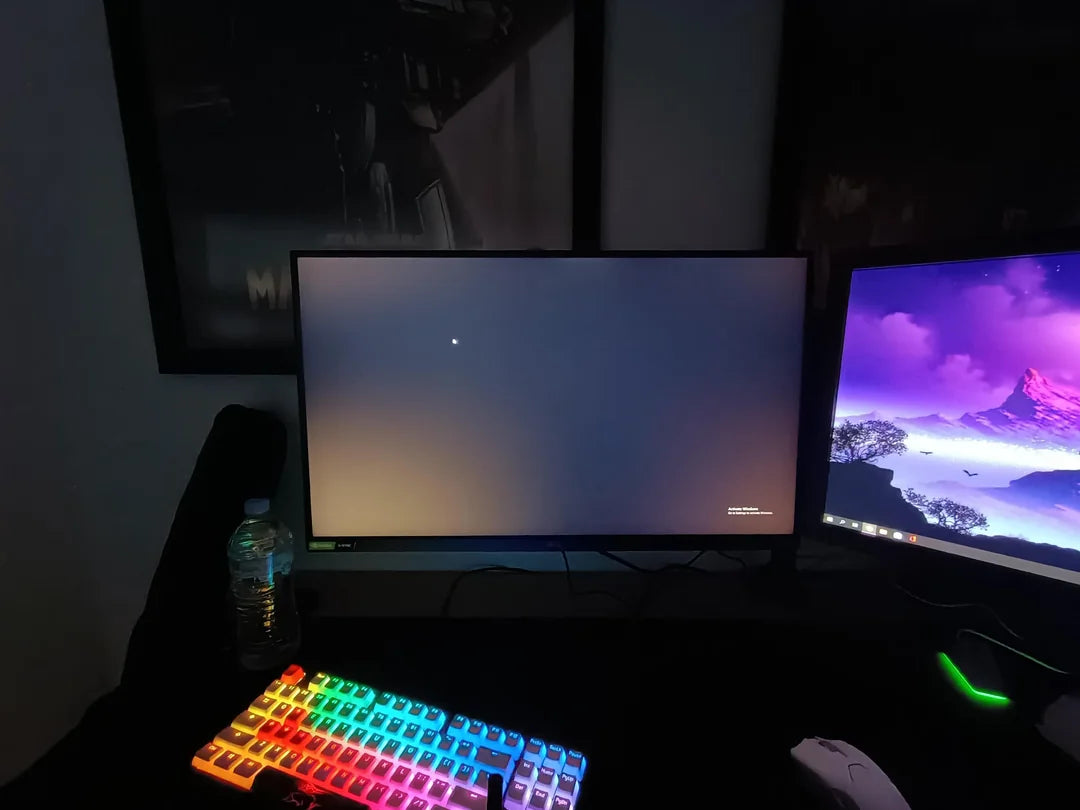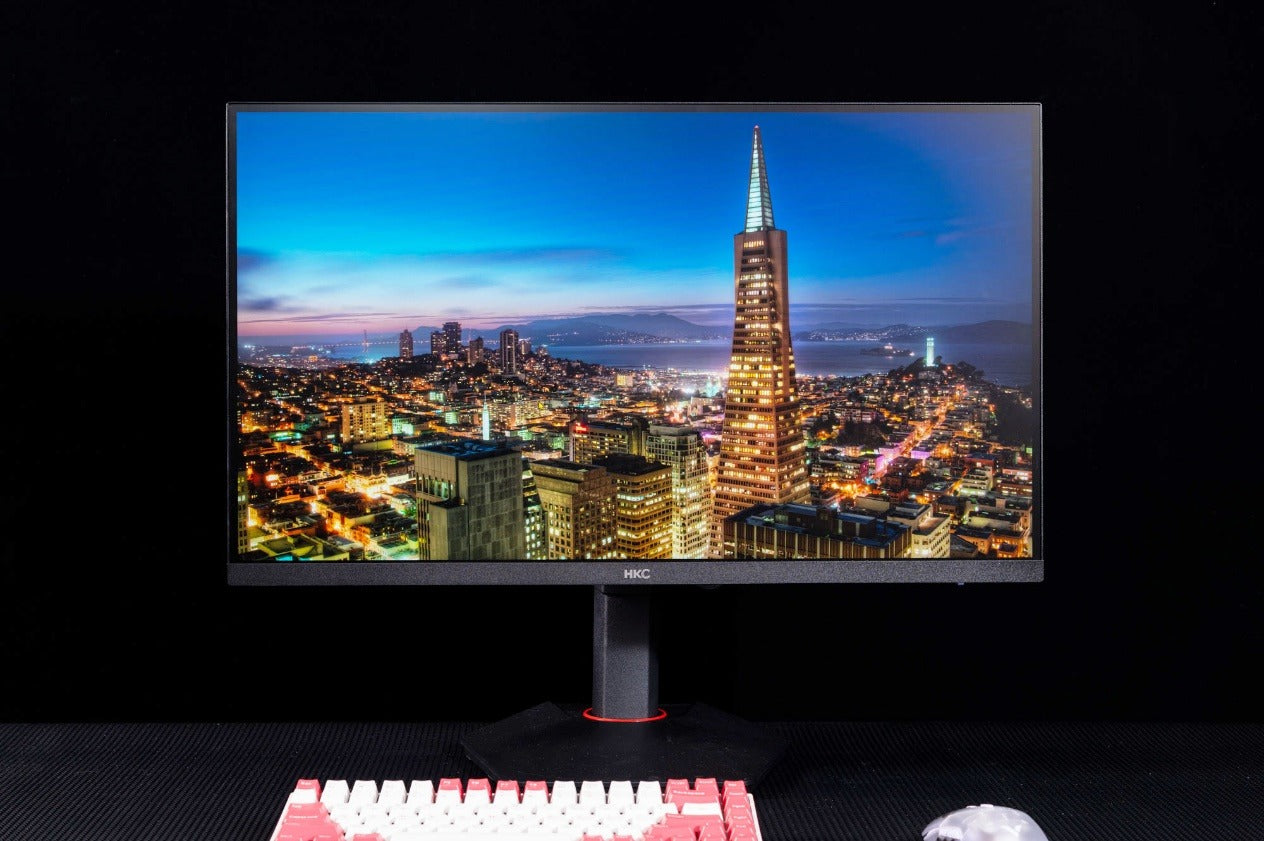
To test an IPS panel, try viewing from 178-degree angles (side/top—no color washout like TN), use a Delta E <2 calibration chart (check for true blues/reds), play fast video (look for 8ms respon...

IPS Display Technology, standing for In-Plane Switching, is an LCD variant where liquid crystals pivot horizontally (unlike TN panels’ vertical alignment), delivering a wide 178-degree viewing angl...

To calibrate your IPS monitor for accuracy, start with its built-in tool: set brightness to 120 cd/m², adjust contrast to 80%, then select 6500K white point and align gamma to 2.2 using on-screen g...

Fixing common IPS screen issues can be divided into three steps: First, check for dead pixels usingDead Pixel Test software to display red/green/blue solid colors in full screen. If there are more ...
IPS is more suitable for gaming primarily due to Color Accuracy (ΔE < 2), Wide Viewing Angle (178°), and Fast Response (1ms GTG). Its color accuracy error is smaller than the human eye's discern...

When choosing an IPS portable display, you should prioritize resolution (at least 1920×1080 FHD is recommended for 15.6 inches; 2K screens with pixel density up to 180 PPI are sharper), color gamut...

The full name of the IPS touch screen is In-Plane Switching Touch Screen, which is an integrated display and touch solution based on LCD technology. Its core principle is enhancing the display and ...

An IPS (In-Plane Switching) panel, a liquid crystal display tech with horizontally aligned molecules, delivers 178-degree wide viewing angles (nearly no color shift from edges), 99% sRGB color cove...

For mobile users, IPS panels boast 90% DCI-P3 color accuracy for vivid, true-to-life visuals, 178° near-zero color shift viewing angles ensuring clarity from any side, 4ms GTG response cutting moti...


